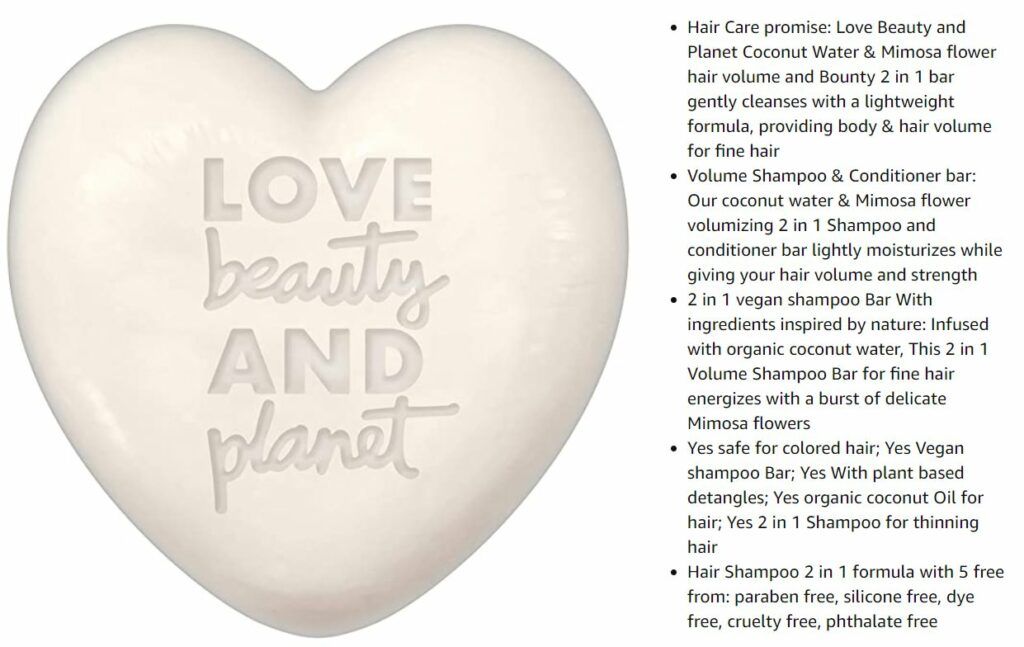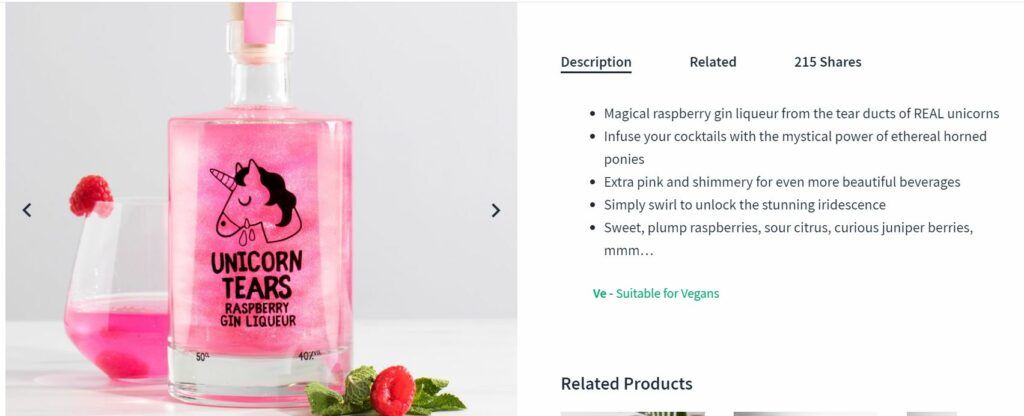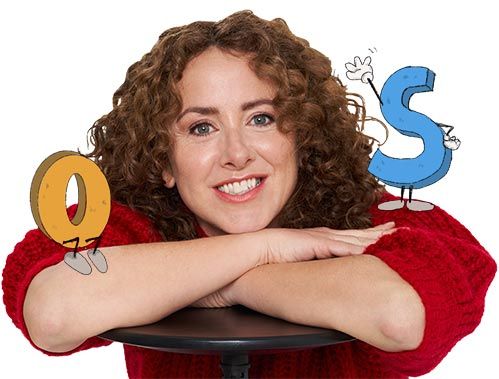Short copy can be more difficult.
And product descriptions are a clear example.
You can’t go into too much detail, but you do want, in just a few lines, to dazzle the potential buyer and convince them that your product is not just any product.
And how do you do that?
How do you manage to express in a few words the fabulous value of a product?
That’s what I’m here for, to explain how you can help potential buyers see the value of what you offer.
Let’s look at some great examples of product descriptions that work and analyse why they are so good.
Let’s start!
No matter how popular the brand is
There are brands that are excellent at product descriptions (we’ll see some examples later) and others that should work on them a little bit more…
It’s not that they always do it wrong, it’s just that sometimes you can tell that the person responsible for writing the description (who I hope is not a copywriter because otherwise he should be doing something else) is not in the mood.
You can tell he’s already done a few descriptions (to be fair, Decathlon has thousands of articles) and he’s just bored.
Like here:

For advanced young badminton players looking for shoes with a good combination of cushioning and breathability!
A good compromise between cushioning and breathability, suitable for advanced young players who want to learn better badminton.
Decathlon makes a lot of money and maybe they don’t care too much if their descriptions are this bad, however, I’m sure they would sell even more if they put a bit more effort in their product descriptions.
What makes a good product description
The first thing you must add is a summary of the main and most attractive benefits of the product in the eyes of your target customer.
To do this, as for any piece of copy, you need to do a thorough research of your buyer persona and your product.
Recommended reading How to create your buyer persona profile with examples
This is the only way you can express those benefits that will attract the attention of your target audience.
Caution!!!
A benefit is not a feature.
The benefits of a product make up the positive experience the buyer will get if she uses the product.

Once your buyer persona’s research is done, you will know what kind of language you need to use.
Selling a product to men over 50 is not the same as selling an item to girls in their twenties.
There are products that don’t need much information, such as clothing, especially if you are a well-known brand, in these cases the quality of the photo and the model will be the most important thing.

“Short strappy dress available in different colours with a contrast floral print and a V-neckline.”
But if you have your own clothing brand which isn’t yet that popular and you want to express why your item is special, you will have to take more care of the description in order to help the buyer decide on your brand.

“This tank top is loose on the armpits, perfect for the festival season or for your yoga class. It also looks great under a jacket or with a thick vest on colder days.”
And then it goes on providing information about the fabric’s composition.
This description helps you imagine yourself with the T-shirt, going to a festival or wearing it under a jacket in winter.
A good product description includes these 3 important elements:
- Clearly explains what the product does and what is it for
- Offer benefits
- Include all relevant information
How long do product descriptions need to be?
It depends on the type of product.
Garments usually need less description.
As we explained before, you not only need to mention the fabric’s composition, but you should add suggestive words which help the buyer picturing herself enjoying the garment.
New products or those that are more complicated to use will need a more extensive description.
Don’t ever listen to people who tell you that nobody wants to read long copy.
Reality is very different.
We read whatever is necessary when we are interested in something, especially when we have doubts before buying.
So don’t let your buyers be left with any doubts and answer all their questions with your description.
Recommended reading: How long should my copy be?
A popular option is to use drop-downs; if the buyer wants to know more she can click and see more information.
Another option is to include the technical information after the main summary, as the king of e-commerce, Amazon, does.
The basic structure is:
First a sensory description (that evokes and helps the buyer imagine the product in her hands) including the benefits:

And then a technical description for those who still have doubts, with the weight, composition, packaging, etc..
Amazing product descriptions
Let’s now look at brands that know really well what they are doing in terms of product descriptions.
Not only do they answer all possible questions from buyers, but they use eye-catching and evocative language that invites you to use the product.
You can see from afar that Innocent hires excellent copywriters to write their product descriptions. They play with words using a fresh, engaging language.

The main benefits are there in big letters and in a different colour to make them stand out.
Note that there are more sections with additional information, they know they need to answer all our questions.

Lush is also famous for their original and evocative descriptions.
This one of their Coco Loco oil is great:

“Come on, don’t be coconut shy, this sumptuously softening shower oil is just what you need when the world is feeling a little bit coco-nuts and a moment of calm is on the cards. Cleanse and soften skin with hydrating coconut oil and coconut flour sourced from regeneration and conservation projects in Indonesia. With a tropical trio of Brazilian orange oil, coconut cream and lemongrass oil, you’ll be feeling sunny and bright in no time (and possibly craving a pina colada!) Did we mention it’s got coconut in?! “
The opening sentence that resonates with so many of us, the way they describe the ingredients in a few lines, makes you want to rush and buy it.
Firebox is a British website where you can find original gifts.
Their descriptions are a work of art for people who want something different.

A description from another world!
Product descriptions are really important.
Surprise your customers! Unusual and effective descriptions like these make all the difference.

Conclusion
Have you noticed that all the brands we’ve seen have their own characteristic voice?
You don’t have to copy what others do but be inspired to create your own descriptions with the tone of voice you have chosen for your brand.
Avoid using clichés.
There are adjectives, similes and metaphors that have been used so much they have lost all meaning.
Smooth as silk. Cold as an ice cube.
Use suggestive and powerful words that resonate with your target audience and makes them dream about your product.
Here is a list of some powerful words:
| – Incredible – New – Smooth – Delicate – Extraordinary – Wonderful – Different – Exotic – Pleasant – Unusual – Magic | – Fall in love – Dream – Wake up – Relax – Activate – Travel – Madness – Miracle – Sensational – Mind-blowing – Peculiar |



0 Comments